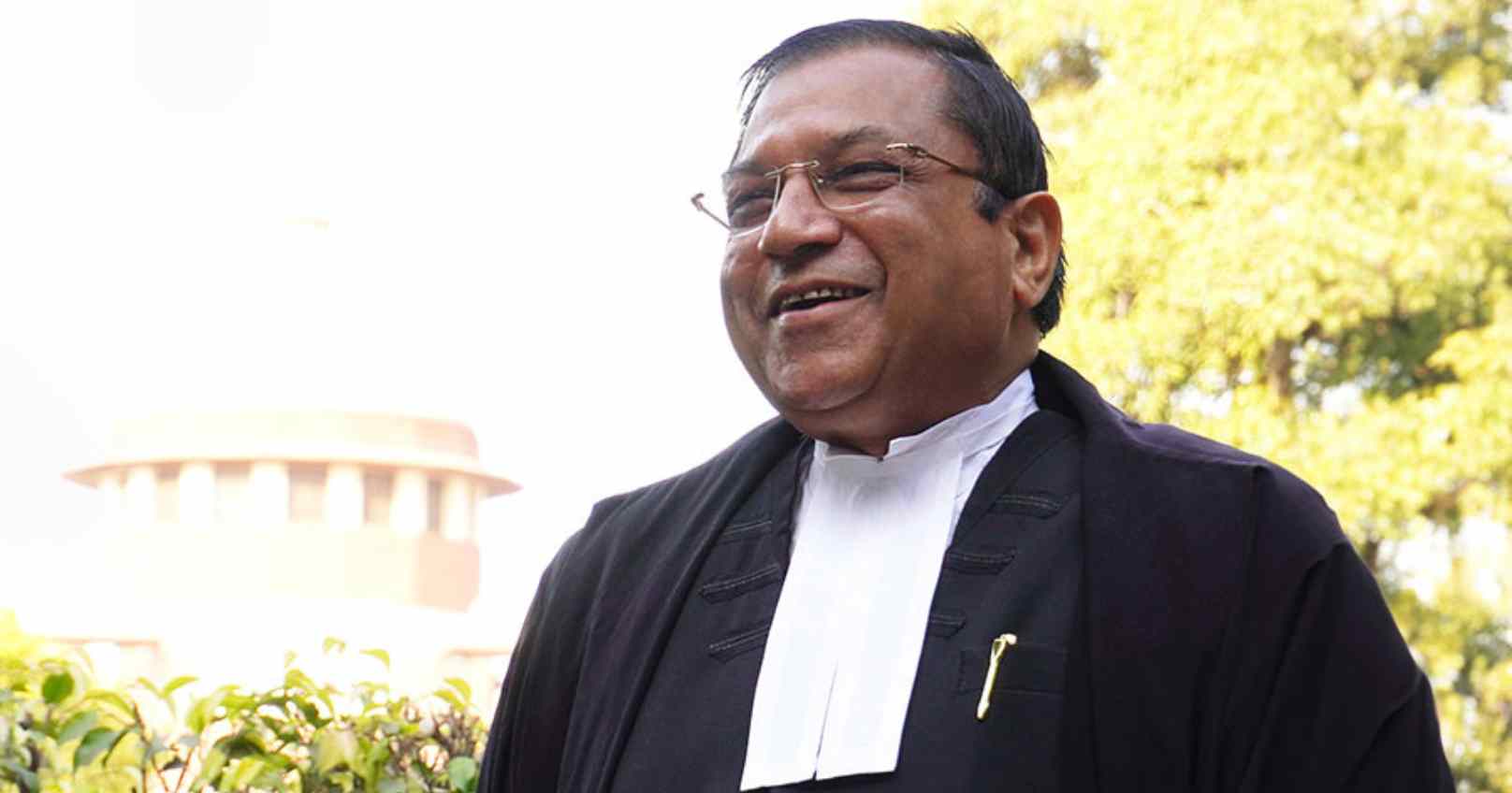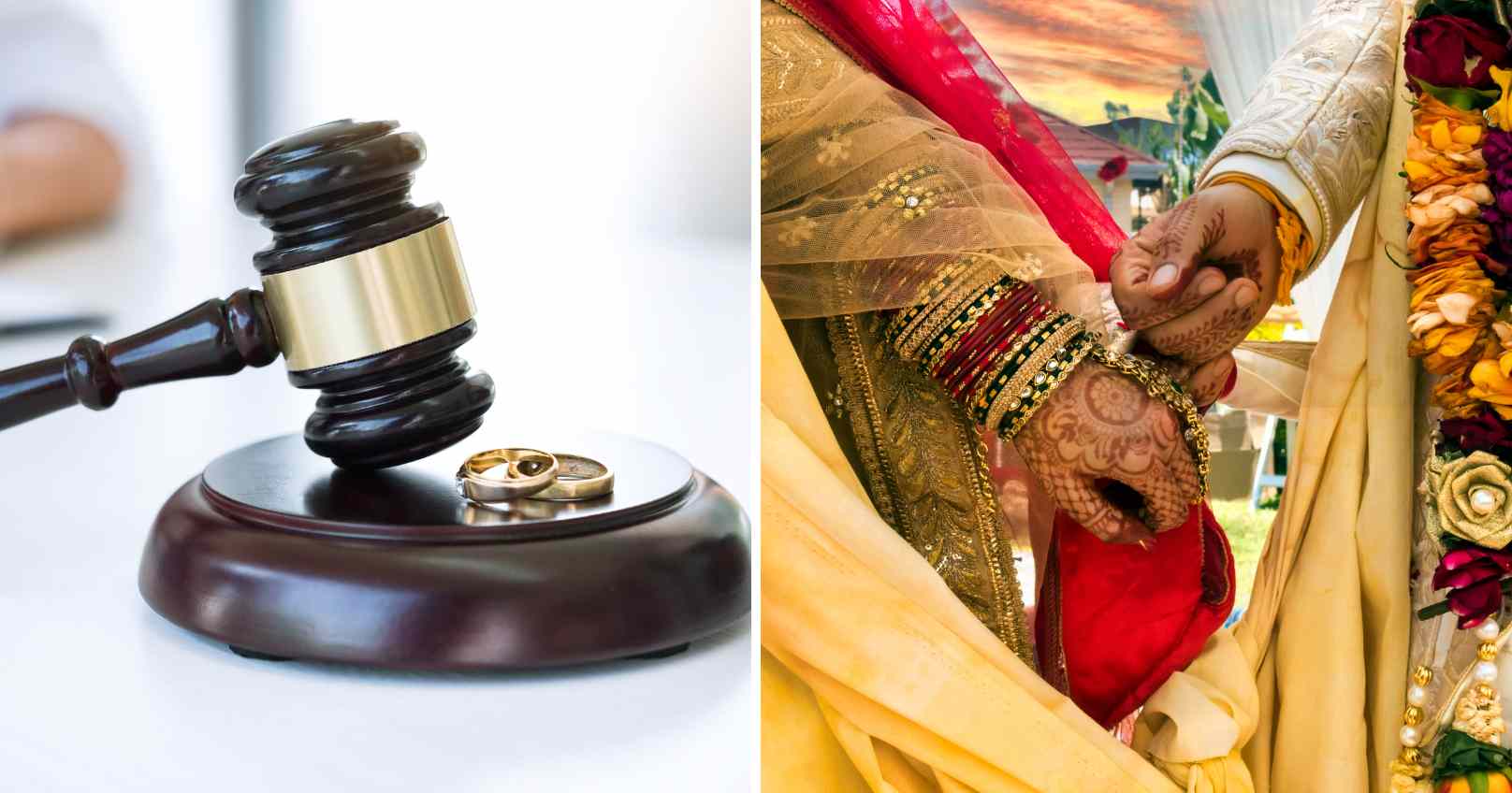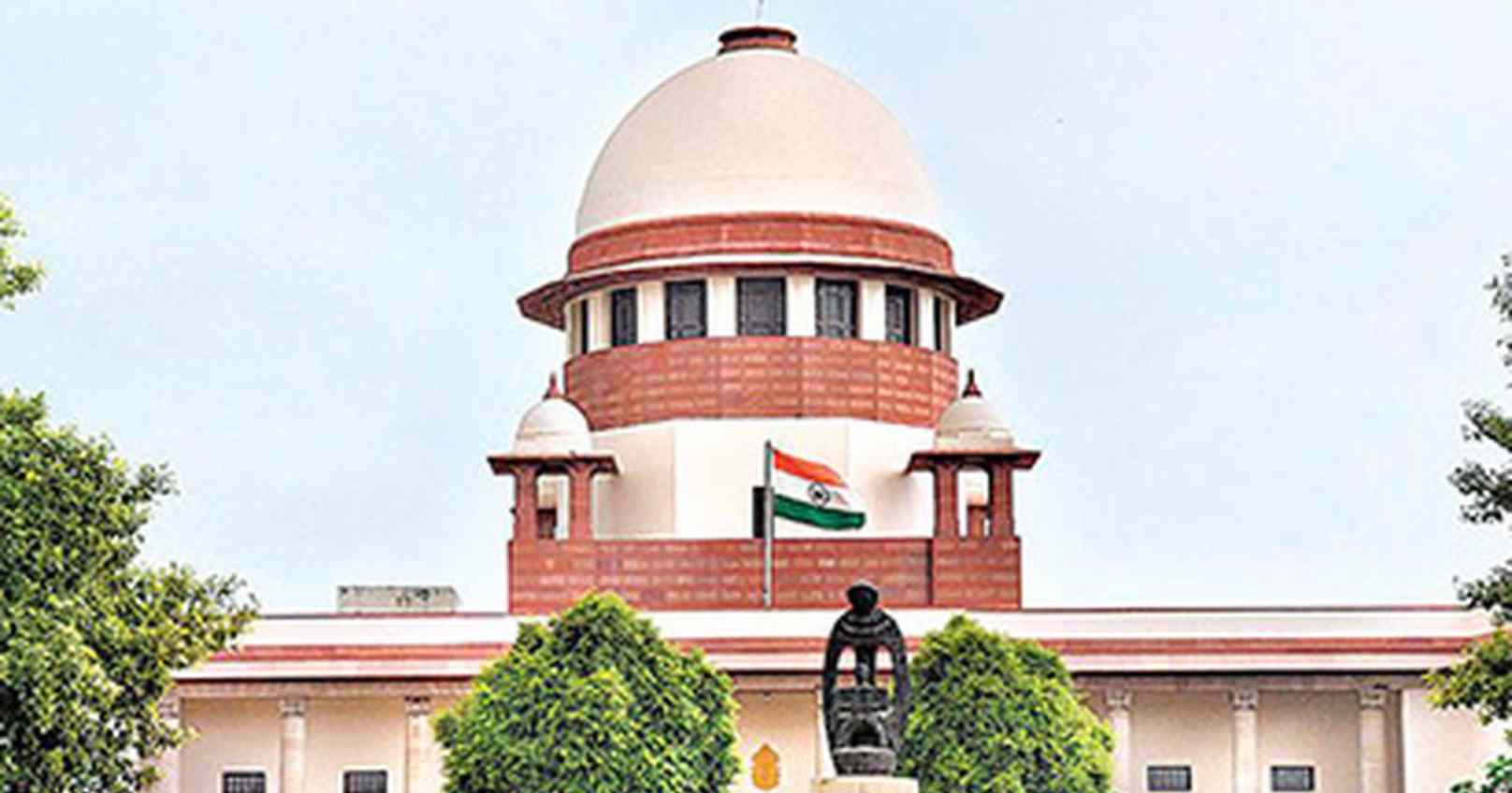Look Out Circular cannot be opened under the Benami Act
Understanding Benami Transactions and Look Out Circulars: Legal Insights and Concerns
07-05-2024Understanding Benami Transactions and Look Out Circulars: Legal Insights and Concerns
07-05-2024Introduction
A transaction where a property is transferred to a person for a consideration paid by another person is defined as a Benami transaction. As per Section 2(9)(A)(a) of the Prohibition of Benami Property Transactions Act, 1988 (hereinafter referred to as “Act”), which states,
“2. (9) benami transaction” means—
a transaction or an arrangement—
where a property is transferred to, or is held by, a person, and the consideration for such property has been provided, or paid by, another person;”
The Act to prohibit Benami transactions was brought to prevent people from engaging in tax evasion, money laundering etc. The act and its provisions have made any Benami transaction a punishable offence and have resulted in the termination of any legal right to claim beneficial ownership in any Benami property. Any authority can acquire a Benami property by following the process specified in the provisions of the code.
The Act of 1988 was amended under the Benami Transactions (Prohibition) Amendment Act, 2016, where several other provisions were made to ensure proper implementation. There were 72 Sections in the amended Act, which was later renamed the Prohibition of Benami Property Transactions Act, 1988. The definition of a Benami transaction was broadened under the ambit of the amendment, along with stricter punishments, harsh fines, seizure of property and the establishment of an implementation mechanism.
Look-Out Circulars
The primary use of the Look Out Circular (“LOC”) is to monitor, trace and prevent the entry and exit of individuals, who are required by the law, and are under suspicion or have been declared as wanted by the law enforcement authorities. These circulars are used for effective monitoring of the targeted individuals.
In the case of Vikram Sharma & Ors. v. Union of India, the Hon’ble Delhi High Court stated that, “16. …The power to suspend, even temporarily, a passport of a citizen, the power to issue an LOC, the power to ‘off-load’ a passenger and prevent him or her from travelling are all extraordinary powers, vested in the criminal law enforcement agencies by the statutory law. These are powers that are required under the law, to be exercised with caution and only by the authorities who are empowered by law to do so and then again only for valid reasons.”
In Suresh Nanda v. Union of India, the Delhi High Court while referring to Maneka Gandhi v. Union of India, held: “35. ...There has to be application of mind by the authority to the relevant factors that would enable it to come to the conclusion that the impounding of the passport is in the interests of the general public. And then again, in the context of the criminal case which is still under investigation, this cannot be an opinion formed at one point in time. The public interest element will vary depending on the stage of the investigation. It cannot be said that as long as the investigation is not complete, it is not in public interest to release a passport. That would be giving too wide a power to the authority.”
LOCs have not been defined in the code, the issuance of these circulars shall be based on the cases and respective authorities, if they deem fit that the accused may leave the country to evade arrest or trial without appearing in the court despite the issuance of non-bailable warrants.
Issuance of the LOC
The Hon’ble High Court of Delhi, in the case of Sumer Singh Salkan, about the issuance of a LOC observed, “The Investigating Officer (IO) shall make a written request for LOC to the officer as notified by the circular of Ministry of Home Affairs, giving details & reasons for seeking LOC. The competent officer alone shall give directions for opening LOC by passing an order in this respect.
The person against whom LOC is issued must join investigation by appearing I.O. or should surrender the court concerned or should satisfy the court that LOC was wrongly issued against him. He may also approach the officer who ordered issuance of LOC & explain that LOC was wrongly issued against him. LOC can be withdrawn by the authority that issued and can also be rescinded by the trial court where case is pending or having jurisdiction over concerned police station on an application by the person concerned.”
The authority to issue LOCs is exercised in line with the Ministry of Home Affairs' Office Memorandum (O.M.), first issued on 5 September 1979 and then revised on 27 December 2000, with a validity of one year from the date of issuance, or till the time limiting to one year until the purpose is served, after which the LOC stands terminated.
In the case of S. Martin, the Hon’ble Madras High Court held that LOCs can only be issued by the concerned authorities for offences which are cognizable as per the Indian Penal Code and other penal laws.
Also, the Hon’ble Delhi High Court in the Sumer Singh Salkan case held; “Recourse to LOC can be taken by investigating agency in cognizable offences under IPC or other penal laws, where the accused was deliberately evading arrest or not appearing in the trial court despite NBWs and other coercive measures and there was likelihood of the accused leaving the country to evade trial/arrest.”
It is pertinent to note that LOCs can only be issued for persons booked under cognizable offences, supported by the above judgments of Hon’ble High Courts.
Nature of offences under the Act
The offences under the Benami Act are considered to be non-cognizable in nature. As mentioned in Section 61 of the Act; “61. Offences to be non-cognizable - Notwithstanding anything contained in the Code of Criminal Procedure, 1973 (2 of 1974), an offence under this Act shall be non-cognizable.”
LOC – A boon or a weapon?
There are several instances where the Courts have expressed serious concerns regarding the abuse of the whole process of issuance of LOCs especially since there is a lack of legal codification of LOCs. In the case of Chandran Ratnaswami v. K.C. Palaniswamy & Ors., a LOC was found to be pending in the name of the petitioner, despite being no criminal investigations or proceedings against the petitioner. The concerned authority directed a re-investigation of the case just to keep the LOC alive. The Hon’ble Supreme Court held, “There is no such thing like unfettered discretion in the realm of powers defined by statutes and indeed, unlimited discretion in that sphere can become a ruthless destroyer of personal freedom.”
Similarly, in the case of Priya Parmeswaran Pillai, the Delhi High Court quashed the LOC issued against Ms Pillai and held that the issuance of LOC, in this case, violates the Fundamental Rights of the petitioner, which the respondents or the authority termed the same as an ‘exceptional case’.
Conclusion
The exercise of LOCs remains contentious as the prerequisites set out by the Ministry of Home Affairs are highly discretionary. There are several instances where the courts have interpreted the opening of LOCs as false, vague or ‘in haste’ and have provided numerous guidelines and instructions to prevent the abuse of LOCs. A LOC restricts the person to travel, which is a fundamental right of a citizen and shall be exercised under the ambit of the law to prevent the brutal death of democracy. This would further increase the significance of the judiciary in its role to prevent any unconstitutional damage to the democratic setup.
Cognizable offences are the only reason for the formation of a LOC, as held in S. Martin (supra) and Sumer Singh Salkan (supra), thus, non-cognizable offences shall not fall under the umbrella of LOC. The lack of legal codification of LOC occasionally may turn into a sword to satisfy personal enmity between parties; thus, raising a big question mark on the legal sanctity of the LOC and the same being used as a means to curb dissent.
- Adv. Varun K Chopra, practicing before the Hon’ble Supreme Court of India, New Delhi was assisted by Atharv Vyas, Aditya Bajaj and Akul Misra – students pursuing law. The views expressed are solely for academic purposes and based on prevailing laws, precedents and information available in public domain


Senior Advocate Adish C. Aggarwala warns that public criticism of the Supreme Court by ruling party
Read More
The Allahabad High Court has ruled that police protection is not a guaranteed right for couples marr
Read More
The Supreme Court has ruled that the President cannot indefinitely delay action on bills referred by
Read More